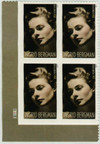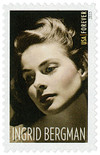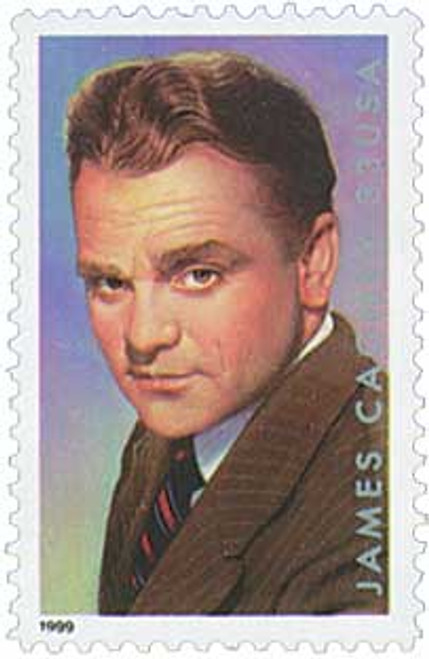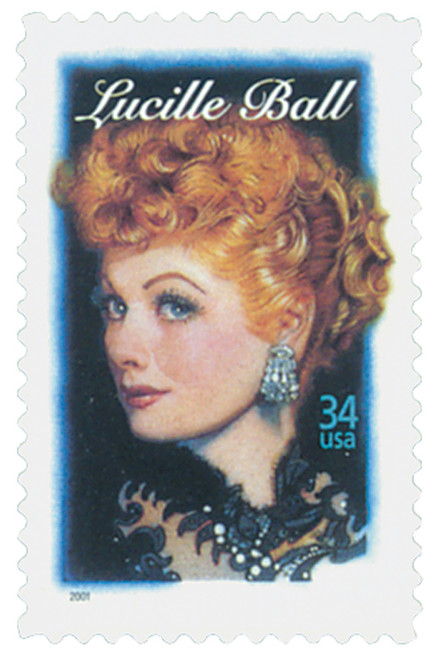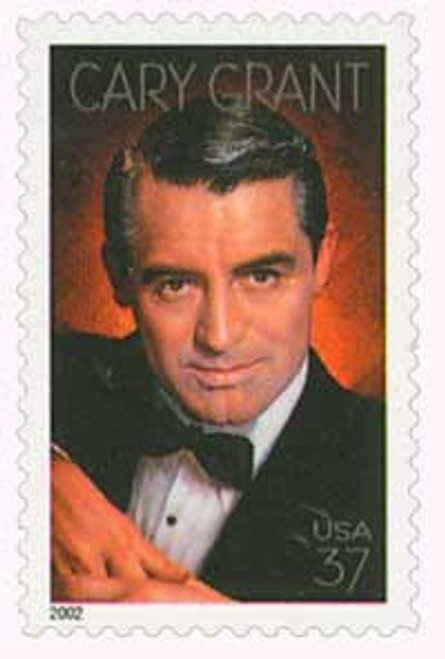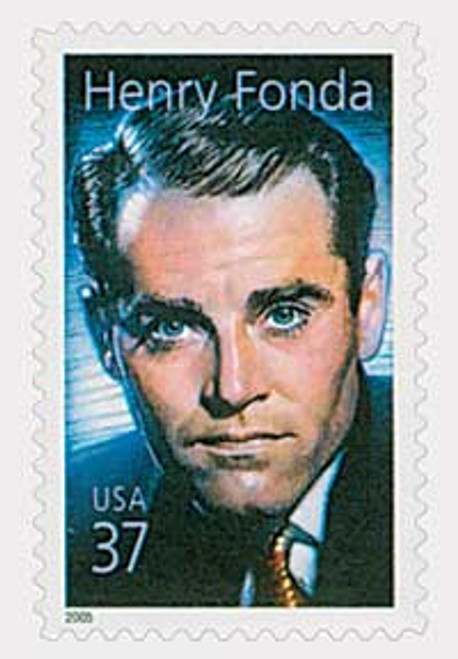
# 5012 - 2015 First-Class Forever Stamp - Legends of Hollywood: Ingrid Bergman
U.S. # 5012
2015 49¢ Ingrid Bergman
Legends of Hollywood
Value: 49¢ 1-ounce first-class letter rate
Issued: August 20, 2015, nine days before Bergman’s 100th birthday
First Day City: Los Angeles, CA
Type of Stamp: Commemorative
Printed by: Banknote Corporation of America for Sennett Security Products
Method: Offset printing in sheets of 180, with 9 panes of 20
Perforation: Serpentine Die Cut 10 ¾
Self-Adhesive
Quantity Printed: 20,000,000 stamps
Happy Birthday Ingrid Bergman
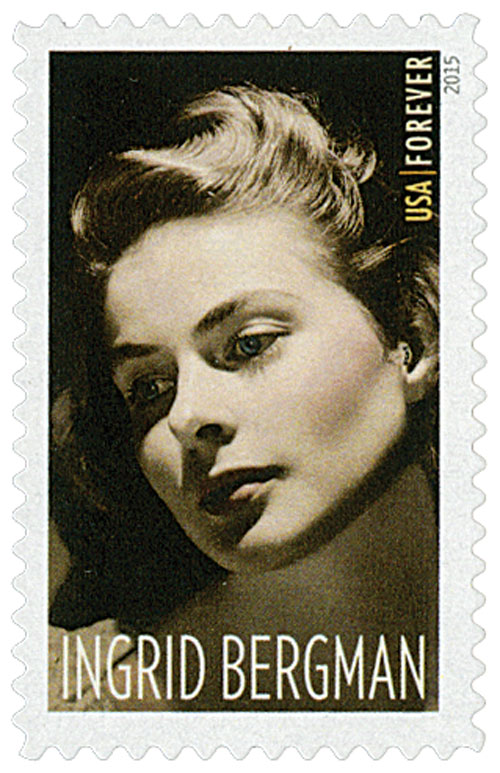
Ingrid Bergman was born on August 29, 1915 in Stockholm, Sweden, and was named after the princess of Sweden at the time.
Bergman’s father encouraged her to be an opera star, paying for her voice lessons for three years. But Bergman knew from a young age that she wanted to be an actress. She’d often wear her mother’s clothes and hold plays in her father’s art studio.
Both of Bergman’s parents died by the time she was 13, leaving her to live with relatives. During this time, she received a scholarship to the Royal Dramatic Theatre School (where Greta Garbo had previously studied). Within a few months, she got her first role in a new play, Ett Brott (A Crime). This was unusual at the time, as female students weren’t typically granted acting roles until they’d completed three years of study.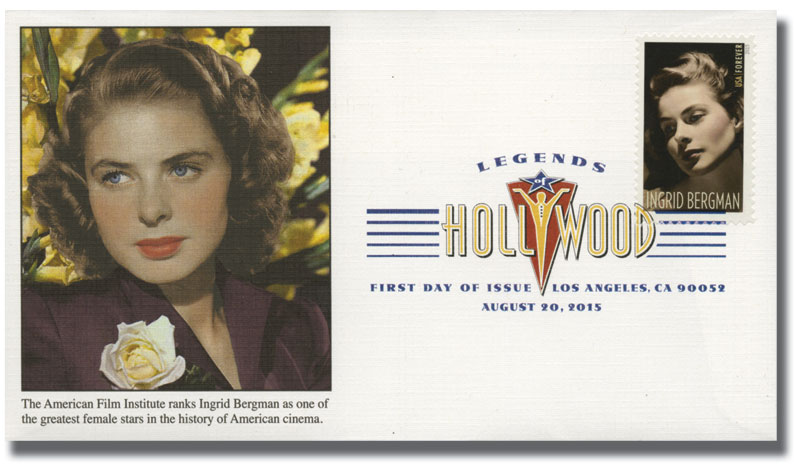
The summer after her first year, a Swedish film studio hired Bergman. So she left the school to work as a full-time actress. Bergman appeared as an extra in the 1932 film Landskamp and then had her first small part in the 1935 movie Munkbrogreven. In the coming years, Bergman appeared in another dozen Swedish films, as well as one in Germany.
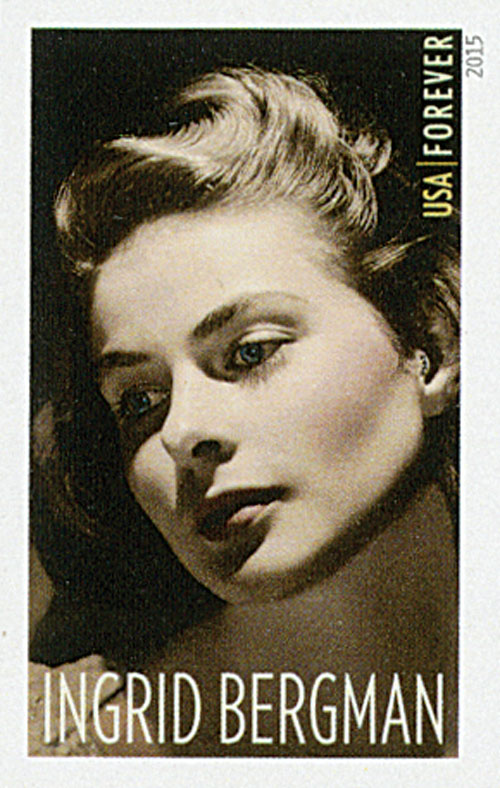
While starring in the Swedish film Intermezzo, Bergman was discovered by American film producer David Selznick. He purchased the rights to remake the film in the U.S., casting Bergman in the starring role. She was nervous at first, because she couldn’t speak English and expected to film the one movie then return to Sweden. Selznick was impressed by her dedication though, noting that, “Miss Bergman is the most completely conscientious actress with whom I have ever worked, in that she thinks of absolutely nothing but her work before and during the time she is doing a picture.”
Intermezzo was an instant hit that launched Bergman’s career in America. After making one more film in Sweden, she returned to America to film Adam Had Four Sons, Rage in Heaven and Dr. Jekyll and Mr. Hyde.
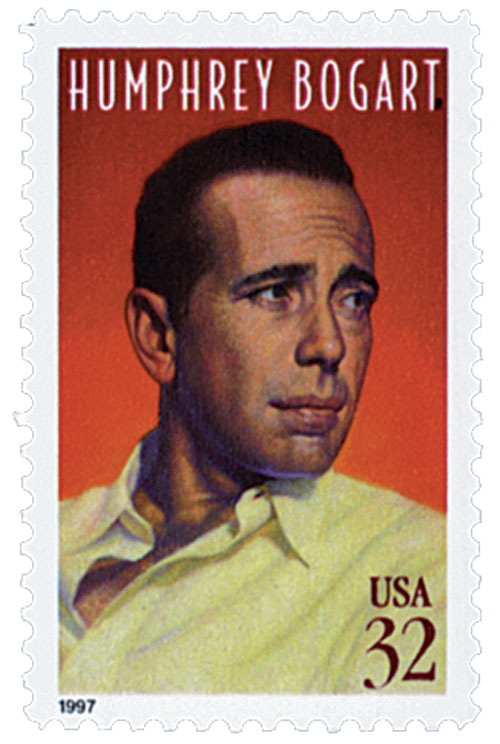
But Bergman’s next film would be her most memorable. In 1942, she co-starred in Casablanca opposite Humphrey Bogart. Despite the film’s popularity, Bergman always said it wasn’t one of her favorites. “I made so many films which were more important, but the only one people ever want to talk about is that one with Bogart.” Though she later admitted, “I feel about Casablanca that it has a life of its own. There is something mystical about it. It seems to have filled a need, a need that was there before the film, a need that the film filled.”
The following year, Bergman appeared in her first color film, For Whom the Bell Tolls, based on a novel by Earnest Hemingway. After seeing her performance in Intermezzo, Hemingway said she had to play the part. And after they met, he insisted, “You are Maria!” The film earned Bergman her first Academy Award nomination for Best Actress.
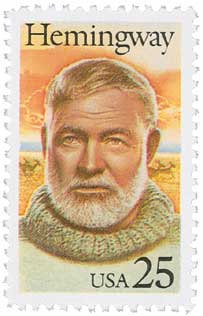
In 1944, Bergman won the Academy Award for her performance in Gaslight. And the following year she earned her third consecutive nomination for her portrayal of a nun in The Bells of St. Mary’s opposite Bing Crosby. She then appeared in a string of Alfred Hitchcock films and Joan of Arc, a movie she’d pushed for since playing the role on Broadway.
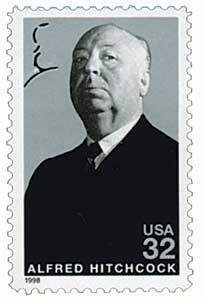
Early in her Hollywood career, Bergman portrayed “good girls,” a persona easily loved by the public. Eager to prove her range as an actress, she sought different character roles, performing them to widespread acclaim. But Bergman’s well-publicized marriage to Italian director Roberto Rossellini caused a sharp departure in her career. By moving to Italy, she lost contact with the American film industry and her fans for six years. However, when she returned to Hollywood, her career quickly rejuvenated with her starring role in the 1956 film Anastasia. Bergman continued to act on stage and screen in the coming years, becoming one of just a few women to receive three Oscars following her performance in Murder on the Orient Express in 1974.
Over four decades, Bergman amassed four Golden Globes, three Academy Awards, two Emmys, and a Tony. She acted in over 50 films in five different languages. Ingrid Bergman is, and forever will be, remembered as one of the most accomplished actresses of the 20th century.
Click here for a neat 1973 interview with Bergman.
U.S. # 5012
2015 49¢ Ingrid Bergman
Legends of Hollywood
Value: 49¢ 1-ounce first-class letter rate
Issued: August 20, 2015, nine days before Bergman’s 100th birthday
First Day City: Los Angeles, CA
Type of Stamp: Commemorative
Printed by: Banknote Corporation of America for Sennett Security Products
Method: Offset printing in sheets of 180, with 9 panes of 20
Perforation: Serpentine Die Cut 10 ¾
Self-Adhesive
Quantity Printed: 20,000,000 stamps
Happy Birthday Ingrid Bergman

Ingrid Bergman was born on August 29, 1915 in Stockholm, Sweden, and was named after the princess of Sweden at the time.
Bergman’s father encouraged her to be an opera star, paying for her voice lessons for three years. But Bergman knew from a young age that she wanted to be an actress. She’d often wear her mother’s clothes and hold plays in her father’s art studio.
Both of Bergman’s parents died by the time she was 13, leaving her to live with relatives. During this time, she received a scholarship to the Royal Dramatic Theatre School (where Greta Garbo had previously studied). Within a few months, she got her first role in a new play, Ett Brott (A Crime). This was unusual at the time, as female students weren’t typically granted acting roles until they’d completed three years of study.
The summer after her first year, a Swedish film studio hired Bergman. So she left the school to work as a full-time actress. Bergman appeared as an extra in the 1932 film Landskamp and then had her first small part in the 1935 movie Munkbrogreven. In the coming years, Bergman appeared in another dozen Swedish films, as well as one in Germany.

While starring in the Swedish film Intermezzo, Bergman was discovered by American film producer David Selznick. He purchased the rights to remake the film in the U.S., casting Bergman in the starring role. She was nervous at first, because she couldn’t speak English and expected to film the one movie then return to Sweden. Selznick was impressed by her dedication though, noting that, “Miss Bergman is the most completely conscientious actress with whom I have ever worked, in that she thinks of absolutely nothing but her work before and during the time she is doing a picture.”
Intermezzo was an instant hit that launched Bergman’s career in America. After making one more film in Sweden, she returned to America to film Adam Had Four Sons, Rage in Heaven and Dr. Jekyll and Mr. Hyde.

But Bergman’s next film would be her most memorable. In 1942, she co-starred in Casablanca opposite Humphrey Bogart. Despite the film’s popularity, Bergman always said it wasn’t one of her favorites. “I made so many films which were more important, but the only one people ever want to talk about is that one with Bogart.” Though she later admitted, “I feel about Casablanca that it has a life of its own. There is something mystical about it. It seems to have filled a need, a need that was there before the film, a need that the film filled.”
The following year, Bergman appeared in her first color film, For Whom the Bell Tolls, based on a novel by Earnest Hemingway. After seeing her performance in Intermezzo, Hemingway said she had to play the part. And after they met, he insisted, “You are Maria!” The film earned Bergman her first Academy Award nomination for Best Actress.

In 1944, Bergman won the Academy Award for her performance in Gaslight. And the following year she earned her third consecutive nomination for her portrayal of a nun in The Bells of St. Mary’s opposite Bing Crosby. She then appeared in a string of Alfred Hitchcock films and Joan of Arc, a movie she’d pushed for since playing the role on Broadway.

Early in her Hollywood career, Bergman portrayed “good girls,” a persona easily loved by the public. Eager to prove her range as an actress, she sought different character roles, performing them to widespread acclaim. But Bergman’s well-publicized marriage to Italian director Roberto Rossellini caused a sharp departure in her career. By moving to Italy, she lost contact with the American film industry and her fans for six years. However, when she returned to Hollywood, her career quickly rejuvenated with her starring role in the 1956 film Anastasia. Bergman continued to act on stage and screen in the coming years, becoming one of just a few women to receive three Oscars following her performance in Murder on the Orient Express in 1974.
Over four decades, Bergman amassed four Golden Globes, three Academy Awards, two Emmys, and a Tony. She acted in over 50 films in five different languages. Ingrid Bergman is, and forever will be, remembered as one of the most accomplished actresses of the 20th century.
Click here for a neat 1973 interview with Bergman.









